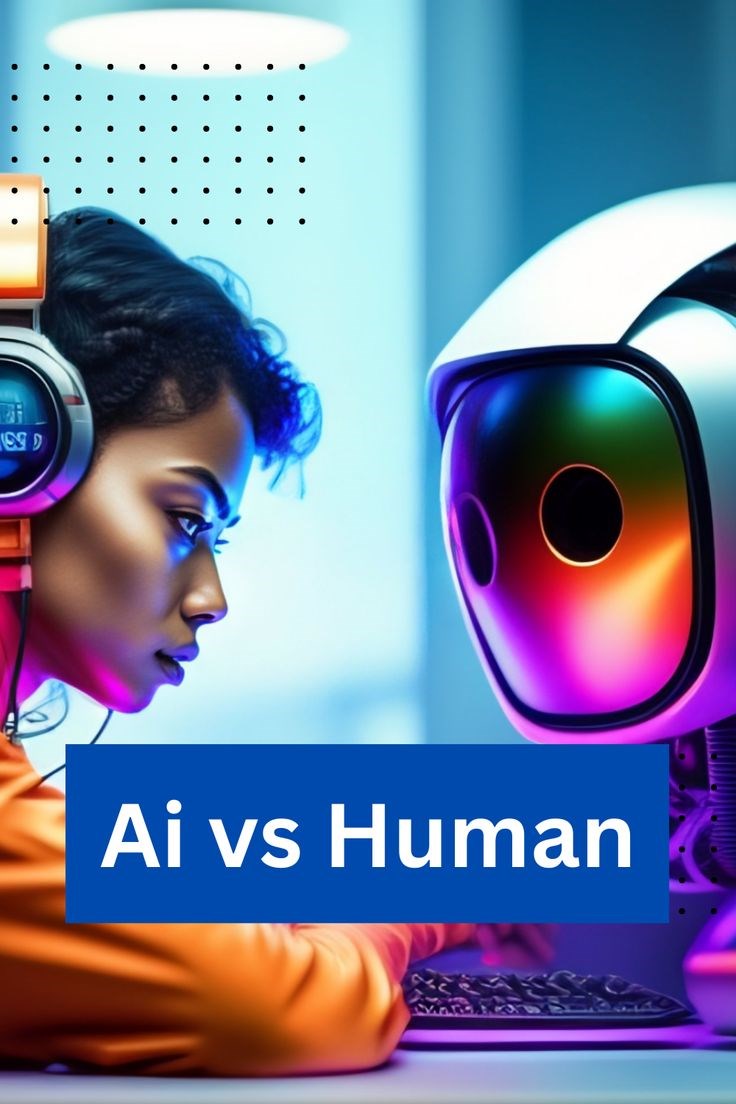AI continues to revolutionize global employment markets in that it not only replaces skills by automating them to achieve higher levels of efficiency but also creates entirely new employment opportunities. Despite mechanization wiping out mundane employment, it at the same time creates the need for employment relating to data science, machine learning, and ethics of applying artificial intelligence. Such a change calls for adoption on the side of organizations as well as the employees to cope with the changes in the competitive market.
Several industries have taken to deploying AI in the automation of jobs thus eradicating positions that involve repetitive tasks. Like Shih, there are several corporations struggling in their manufacturing, retail and customer service industries since robotic systems being developed take hold of drudgery tasks. However, there are new jobs being created, which are associated with the AI system supervision, maintenance and programming here, elaborating the changes in the workforce field with the evolution in technology.
Despite automation reducing the demand for a particular job, it comes up with other jobs which may need technical and analytical competence. There are industries that are gaining more popularity right now such as artificial intelligence research, cyber security and algorithm creation. On the same note, industries such as healthcare, finance, and education are employing Artificial Intelligence in a way that increases employment while increasing the ability of people to use the AI technology to improve the decision-making patterns and other operational patterns in the organizations.

Technological advancements make it necessary for employees to upskill and become market relevant in the current and future work environment. Employers and governments bear the responsibility of implementing reskilling solutions as well as determining or influencing educational changes that are suitable for the AI economy. This makes sure that whenever disruption occurs through advancing technology, there are fewer threats of unemployment in the economy.
Another issue for the future will be the relation between human and artificial intelligence, where AI is no longer a threat to the elimination of human employment. Finally, passion, empathy, and combined thinking would thrive in different industries which makes creativity and strengthen emotional intelligence and complexity more significant. In the context of the discussed AI trends, people and enterprises should accept change and flexibility as the primary means to obtain a competitive advantage from AI while also managing its potential risks on the international labour market.
Conclusion
AI is not a tool that makes changes to the existing type of work, AI is a tool that introduces a shift in the means of how the work will be done in the coming years. Robots do take away jobs hence why some of them are referred to as jobs killers, but they also contribute to new opportunities and professions. The only way, thus, organizations can perform well and speak more about ‘surviving’ the new world that threatens their sustainability within a limited period is to adapt. It is important for organizations and every person to accept that AI technologies and learning are here to stay, hence the need to embrace the aspect of getting and holding jobs in the global employment market.